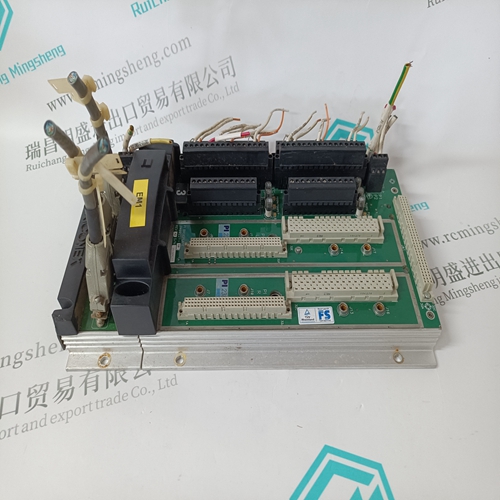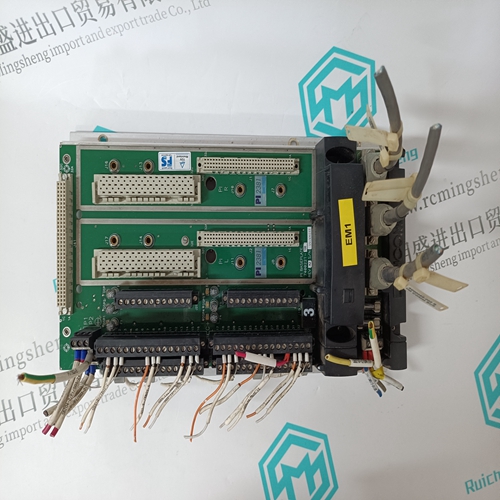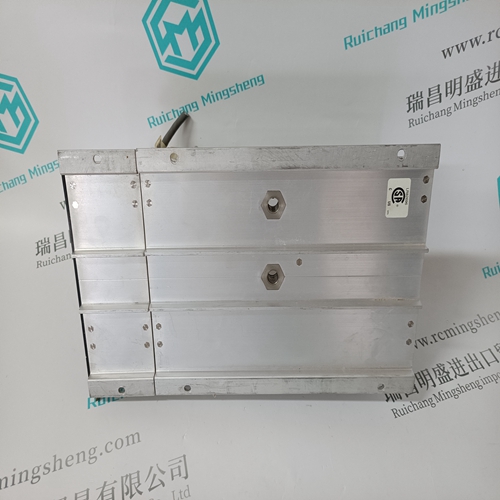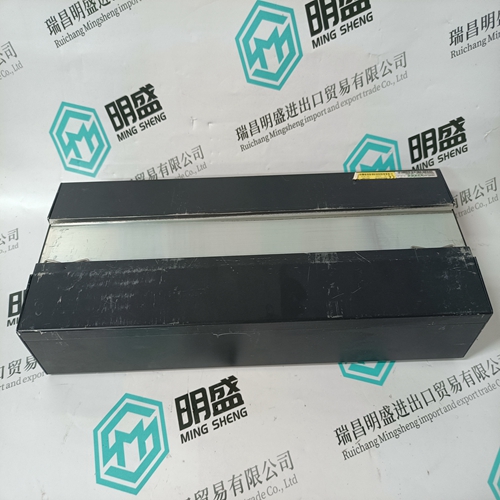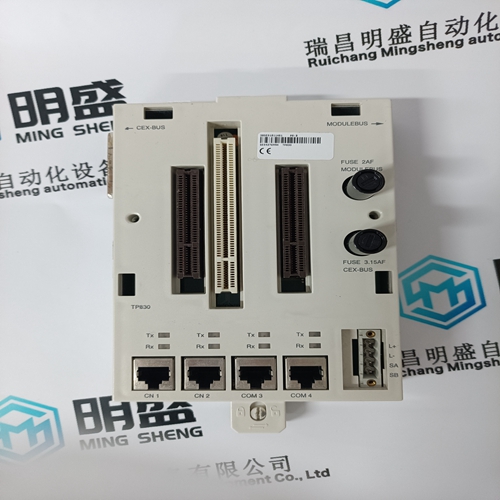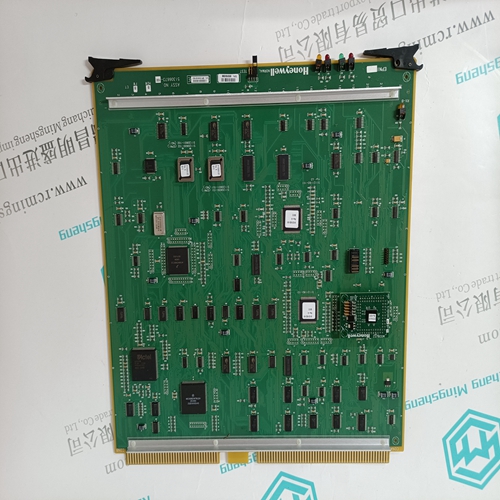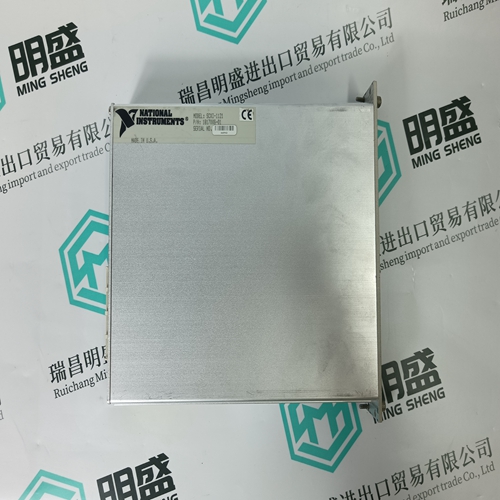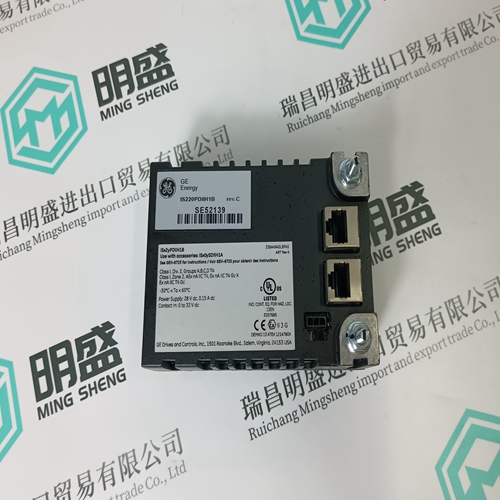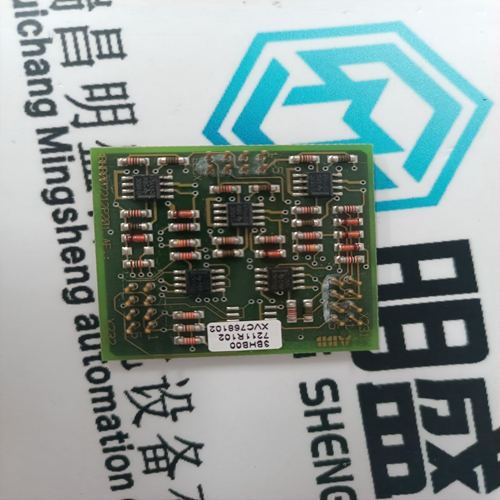Home > Product > DCS control system > TRICONEX PI2381 base module
TRICONEX PI2381 base module
- Product ID: PI2381
- Brand: TRICONEX
- Place of origin: The United States
- Goods status: new/used
- Delivery date: stock
- The quality assurance period: 365 days
- Phone/WhatsApp/WeChat:+86 15270269218
- Email:stodcdcs@gmail.com
- Tags:TRICONEX PI2381base module
- Get the latest price:Click to consult
The main products
Spare parts spare parts, the DCS control system of PLC system and the robot system spare parts,
Brand advantage: Allen Bradley, BentlyNevada, ABB, Emerson Ovation, Honeywell DCS, Rockwell ICS Triplex, FOXBORO, Schneider PLC, GE Fanuc, Motorola, HIMA, TRICONEX, Prosoft etc. Various kinds of imported industrial parts
Products are widely used in metallurgy, petroleum, glass, aluminum manufacturing, petrochemical industry, coal mine, papermaking, printing, textile printing and dyeing, machinery, electronics, automobile manufacturing, tobacco, plastics machinery, electric power, water conservancy, water treatment/environmental protection, municipal engineering, boiler heating, energy, power transmission and distribution and so on.
TRICONEX PI2381 base module
The module’s program is responsible for setting the block identification code used to identify the data block written and the block identification code of the block it wants to read from the processor. User configuration information determines the read (BT Read Start Register) and write (BT Write Start Register) locations in the virtual Modbus database and the amount of data transferred (BT Read Register Count and BT Write Register Count). Each read and write operation transfers a six-word data area. The read operation (from the processor to the module) contains a two-word header that defines the block identification code of the read data and the block identification code of the next write block requested. These identification codes are in the range of 0 to 666. A value of zero indicates that the block contains no data and should be ignored. The first valid block identification code is one and refers to the first block of six words to be read or written.
Virtual Modbus Database Concepts
Central to the functionality of the module is the virtual Modbus database. This database is used as the interface between remote Modbus master and slave devices and the Flex I/O bus. The size, content and structure of the database are completely user defined. The Flex I/O bus reads data from and write data to the database using the backplane interface. The module interfaces data contained in remote Modbus slave devices to the virtual Modbus database when using the Modbus master port. User commands are issued out the master port from a command list. These commands gather or control data in the Modbus slave devices. When configured as a slave, control information from the Modbus master and data from the processor are exchanged over the backplane. Pass-through mode allows the passing of single bit or register data directly to the processor, bypassing the Modbus database. The following diagrams illustrate the relationships discussed above.
Data Transfer
Data is transferred over the backplane using the module’s input and output images. The module is configured with an eight-word input image and a sevenword output image. The module and the processor use these images to page data and commands. The input image is set (written) by the module and is read by the processor. The output image is set (written) by the Flex processor and read by the module. The following diagram shows this relationship.
The module and the processor constantly monitor input and output images. How does either one know when a new block of data is available? Recognizing a change in the header information of the image (word 0) solves the problem. For example, when the module recognizes a different value in the first word of the output image, new data is available from the processor. When the processor recognizes a new value in the first word of the input image, new data is available from the module. This technique requires the storage of the previously processed data block identification code.
